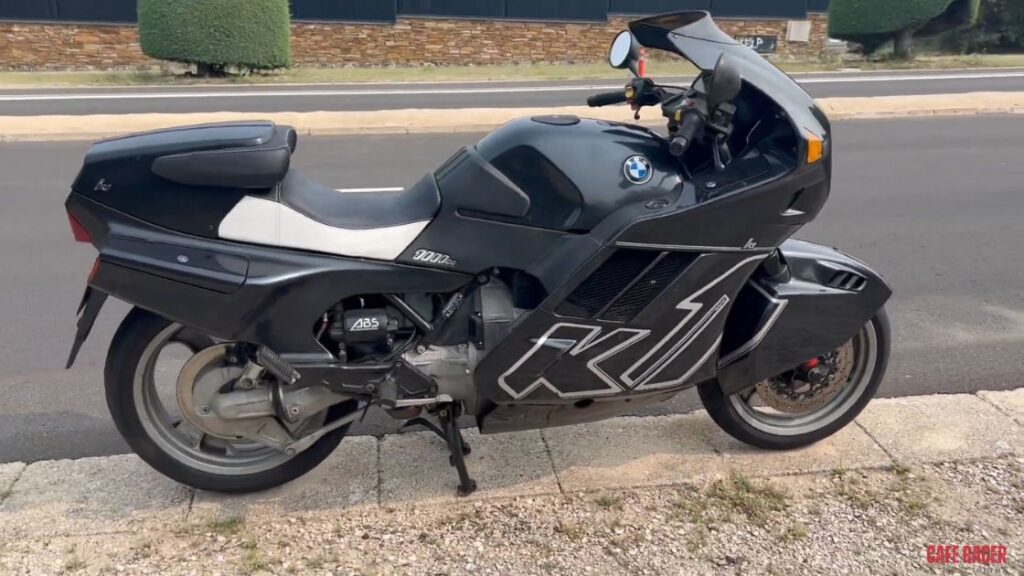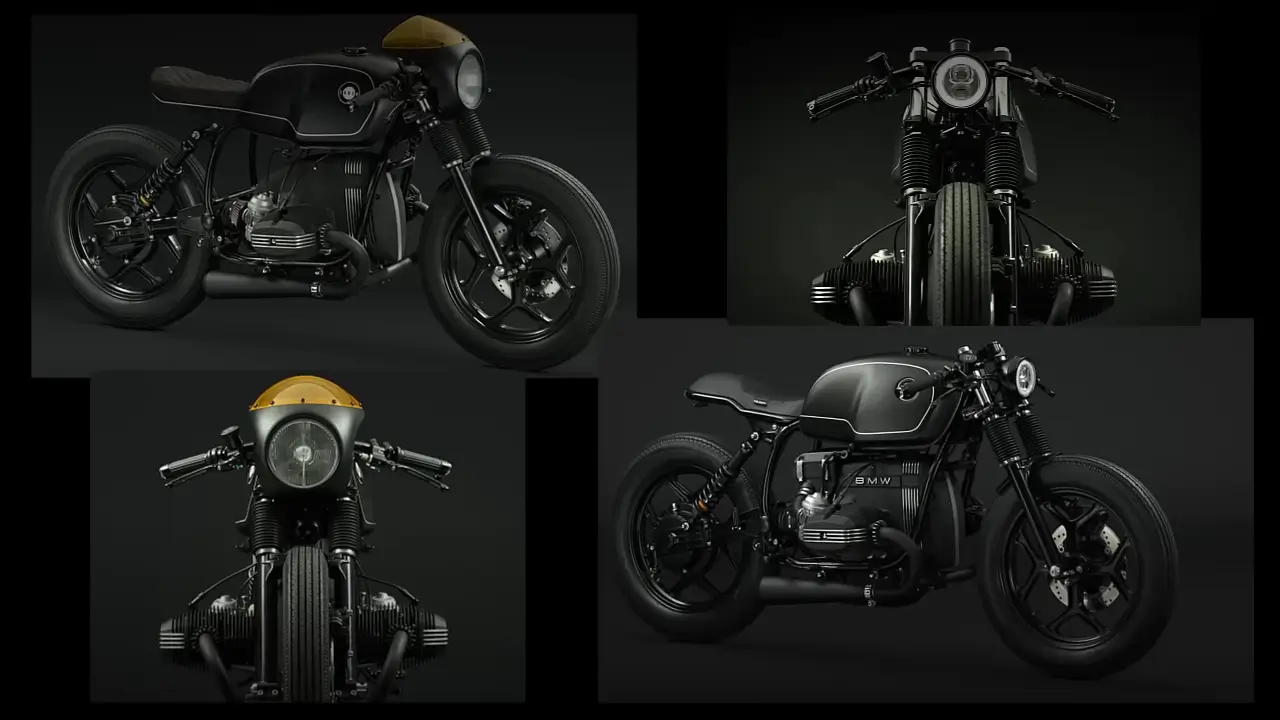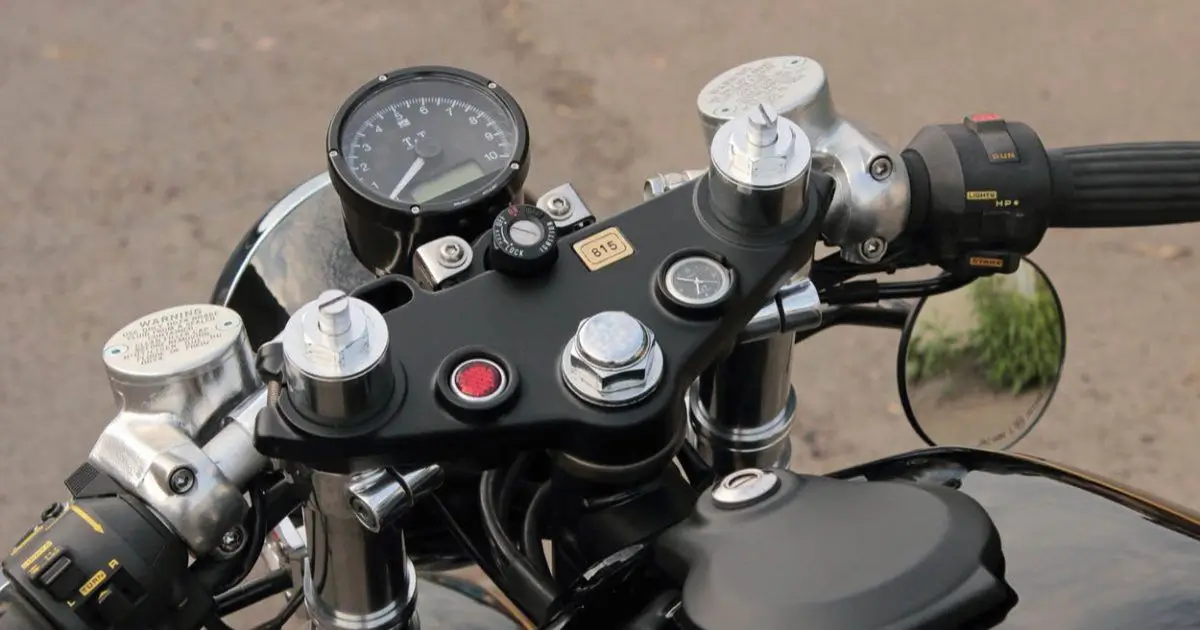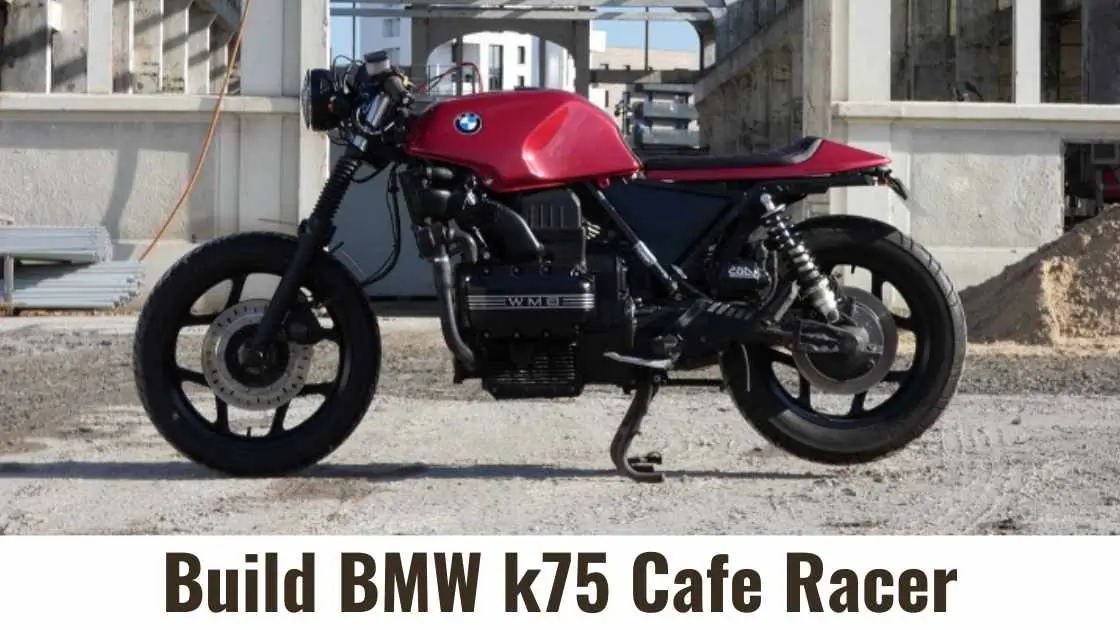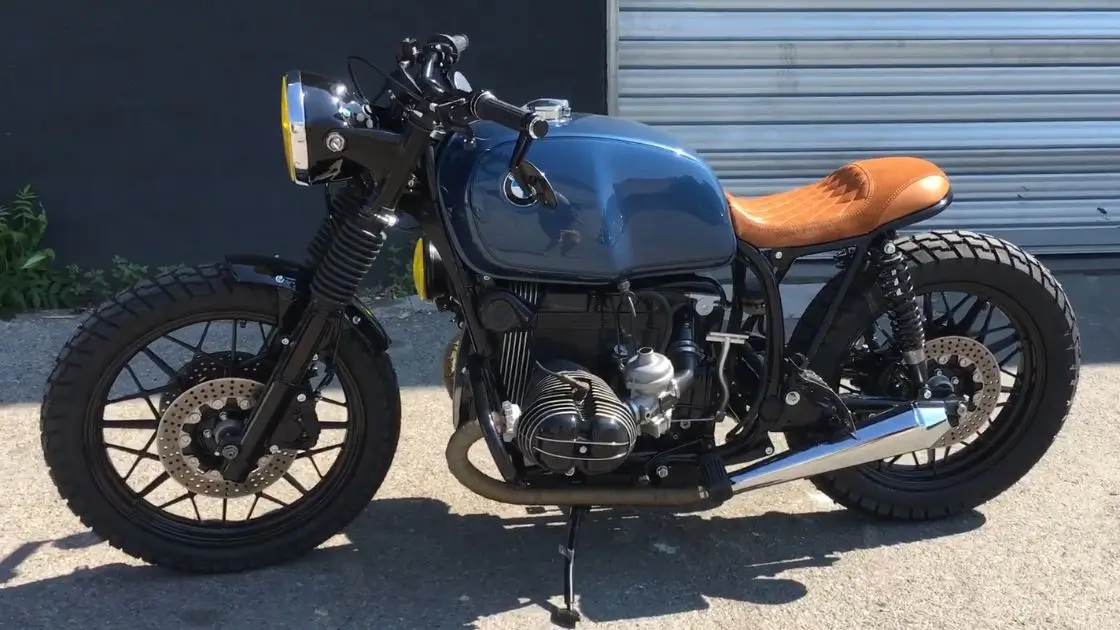Table of Contents
ToggleThe BMW K1 is not just a motorcycle. It is a symbol of innovation and bold design. BMW introduced this bike in the late 1980s. It was their answer to high-performance motorcycles with futuristic styling. The K1 stood out from the crowd with its sharp looks and advanced technology.
This bike marked a new direction for BMW Motorrad. It combined speed, style, and comfort in a way that was rare for its time. Riders loved it for its unique design and smooth performance. Even today, the K1 is remembered as a groundbreaking motorcycle that changed how people saw BMW bikes.
Historical Background

The BMW K1 came to life in 1988. BMW designed it to show the world they could make fast, stylish motorcycles. During the 1980s, Japanese bikes were dominating the market. They were known for their speed and advanced technology. BMW wanted to prove they could compete with them.
This bike was different from anything BMW had made before. It had bold colors and a full fairing that improved aerodynamics. The company wanted the K1 to perform well on highways and also attract attention with its design.
The K1 became a symbol of change for BMW Motorrad. It showed their commitment to innovation and pushing boundaries. Though not everyone loved the design at first, it still became an important part of motorcycle history.
BMW K1 Specifications
- Engine: 987cc, 4-cylinder, liquid-cooled
- Power Output: 100 horsepower
- Top Speed: 140 mph
- Transmission: 5-speed manual with shaft drive
- Brakes: Dual front disc brakes, single rear disc brake
- Suspension: Front telescopic fork, rear monoshock
- Frame: Steel tubular with a single-sided swingarm
- Weight: Approximately 235 kg (518 lbs)
- Fuel Capacity: 22 liters
BMW K1 Design and Engineering: Bold and Innovative

The BMW K1 stood out with its futuristic design. Its body had a full fairing that covered most of the bike. This helped reduce air resistance and made the bike faster on highways. The fairing also gave the bike a unique, sleek look that turned heads everywhere.
The K1 used a four-cylinder, 987 cc engine. It produced 100 horsepower, which was a lot for its time. This power allowed the bike to reach speeds of up to 140 mph. The engine had advanced technology for better efficiency and performance. BMW also added a unique shaft drive system instead of a chain. This made the bike smoother and easier to maintain.
The frame was strong and lightweight. It provided better handling and stability, even at high speeds. BMW also used a single-sided swingarm, which made the rear wheel easier to remove.
The bold colors and graphics on the K1 made it even more special. It came in combinations like red and yellow or blue and yellow. These colors, along with the aerodynamic body, gave the bike a sporty and modern look.
Read More: [BMW K100 Cafe Racer | History, Customization Tips, Iconic Builds, and Maintenance Insights]
Read More: [BMW K75 Cafe Racer | Comprehensive Guide with Step-by-Step Customization Tips, Specs, and Expert Insights]
Performance and Handling of the BMW K1

The BMW K1 delivered impressive performance for its time. Its engine was powerful and smooth. Riders could feel the strength of the bike on highways and open roads. The top speed was about 140 mph, which was fast for a sport-touring motorcycle in the 1980s.
The bike handled well, even at high speeds. The frame was designed to stay stable on straight roads and during sharp turns. The suspension system was advanced, offering comfort and control. It had a front telescopic fork and a rear monoshock. This made the ride smooth, even on uneven surfaces.
BMW fitted the K1 with high-quality brakes. It had dual disc brakes in the front and a single disc at the rear. These brakes provided excellent stopping power. This was important for a bike with such high speed and weight.
The tires were wider than those on earlier BMW models. This improved grip and made the bike safer to ride in wet or dry conditions. The combination of power, handling, and braking made the K1 a reliable choice for long trips and sport riding.
Market Reception of the BMW K1 Motorcycle
The BMW K1 made a strong impression when it was launched. People were surprised by its bold design and bright colors. Some loved the unique look, while others found it too different from traditional motorcycles. The bike started many conversations in the motorcycle world.
Many praised the K1 for its advanced technology. It was one of the first bikes to focus on aerodynamics. This made it faster and more fuel-efficient than many other models. Riders who valued performance and innovation appreciated these features.
The price was higher than other motorcycles at the time. This made the K1 less accessible to some buyers. Despite this, it gained a loyal group of fans. These riders admired the bike’s engineering and style.
The K1 helped change how people viewed BMW motorcycles. It showed that the company could create bikes with speed, style, and advanced features. Many of the technologies introduced with the K1 influenced later BMW models. It left a lasting mark on the motorcycle industry.
Legacy of the BMW K1: A Collector’s Icon

The BMW K1 holds a special place in motorcycle history. It broke the rules with its bold design and advanced technology. Many people now see it as a collector’s item. Its unique style and limited production make it a rare and valuable bike.
Riders who own the K1 often talk about its importance. It was one of the first motorcycles to focus so much on aerodynamics. This idea is now common in modern bike design. The K1 also introduced features like a shaft drive and ABS brakes, which were ahead of their time.
Today, the K1 is sought after by collectors and motorcycle fans. It is not easy to find one in good condition. Owners who take care of their bikes often see their value increase over time. Many collectors love the bright colors and unique look of the K1.
The K1 is more than just a motorcycle. It is a piece of history that shows BMW’s ability to take risks and innovate. For many, it remains a symbol of a new era in motorcycle design.
Common BMW K1 Issues and Maintenance Tips
The BMW K1 is a well-built motorcycle. It still requires care like any other bike. Owners have reported a few common issues over the years. Knowing these can help you keep the bike in good shape.
The engine is reliable, but it needs regular oil changes. Dirty oil can affect its performance. The cooling system sometimes needs extra attention. The radiator can get clogged, especially if the bike is used in dusty areas. Cleaning it often prevents overheating.
Some owners notice wear in the electrical system. Wires and connections may need inspection. Fixing small issues early avoids bigger problems later. The shaft drive is smooth but needs proper lubrication. Ignoring this can lead to noise or reduced efficiency.
The fairing on the K1 is durable but large. Repairing or replacing it can be costly if damaged. It is a good idea to handle the bike carefully to avoid scratches or cracks.
Basic maintenance keeps the K1 running well. Regular servicing, cleaning, and careful handling protect this iconic bike. Following these steps helps you enjoy it for years.
Conclusion
The BMW K1 is a motorcycle that stands out. It changed the way people saw BMW bikes. Its bold design, advanced technology, and focus on aerodynamics made it unique. It showed that BMW could compete with the fastest and most stylish motorcycles of its time.
This bike is not just about performance. It is also about innovation and taking risks. The K1 introduced ideas that influenced future motorcycles. It remains a favorite among collectors and riders who appreciate its history.
Owning a BMW K1 is like owning a piece of art. It tells a story of creativity and progress. This motorcycle continues to inspire riders and designers around the world.
FAQs
Why did BMW stop producing the K1?
BMW ended production of the K1 in 1993. It had fulfilled its purpose of showcasing innovation and had limited demand due to its high price and polarizing design.
Can you still find spare parts for the BMW K1?
Yes, spare parts are available, but some may be hard to find. Many enthusiasts rely on specialty shops or forums for rare components.
What are the differences between the BMW K1 and other K-series bikes?
The K1 stands out with its aerodynamic full fairing, advanced features like ABS, and a focus on high-speed touring. Other K-series models are more traditional in design.
How much does a BMW K1 cost today?
Prices vary based on condition and mileage. A well-maintained BMW K1 can sell for $8,000 to $15,000, with rare models fetching higher prices.
Is the BMW K1 suitable for new riders?
No, the BMW K1 is better for experienced riders. Its powerful engine, weight, and unique handling require skill and confidence to manage.

